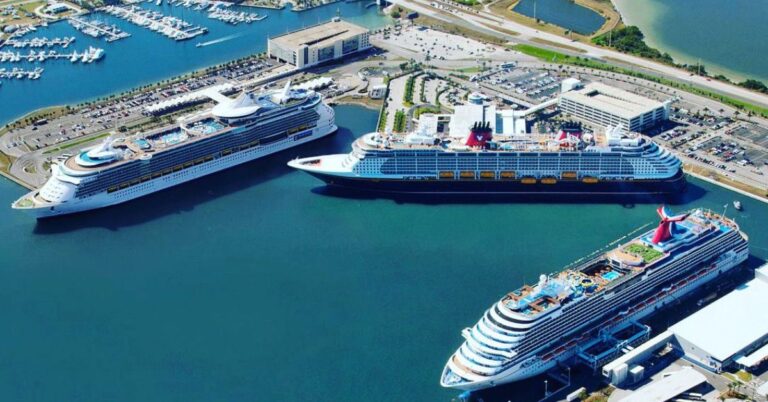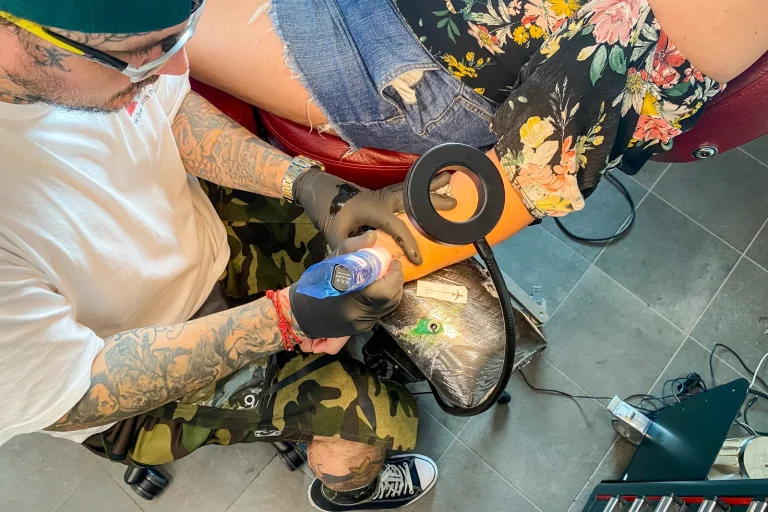Cruise Branding Essentials: Small Touches, Big Impact
When guests board a cruise ship, they’re stepping into more than a floating hotel—they’re entering an immersive brand experience. From the logo on their keycard to the color of their cocktail napkin, every detail contributes to how they perceive your cruise line. In a crowded market where experiences matter more than ever, smart branding is a competitive edge that begins with the smallest touches.
Why Microbranding Matters
Big logos and sweeping slogans have their place, but it’s the subtler details that often leave a lasting impression. When guests feel like they’re part of something thoughtful and cohesive, they’re more likely to remember it—and return. According to a 2023 study by Deloitte, 73% of customers say they’re more likely to recommend a brand that provides consistently good experiences across all touchpoints.
For cruise operators, this means thinking beyond advertisements and digital campaigns. It’s about creating an emotional connection from the moment someone steps on deck to the moment they walk off at the last port.
Branding Touchpoints That Make a Difference
It’s the smaller, everyday interactions that build your cruise brand from the inside out. Here are a few key branding moments to consider:
- Room keys and keychains: Durable, stylish keycards or branded custom leather keychains can double as souvenirs.
- Towel art and in-room notes: Personalized details help guests feel seen.
- Uniforms and crew badges: Consistent, branded staff wear builds trust and visibility.
- Menus, signage, and elevator posters: Keep language, color, and typefaces on-brand.
- Merchandise and onboard shops: Extend your identity through wearables and keepsakes.
These items not only reinforce your visual identity but also give guests something tangible to associate with your ship—long after they disembark.
Smart Design Meets Functionality
Good branding isn’t just pretty; it serves a purpose. Items like keychains or reusable cups offer utility that guests appreciate. The key is to design with intention. A well-made item with your logo subtly incorporated becomes a conversation starter rather than just another piece of swag.
Consistency across materials also matters. Use the same tone of voice, fonts, and visual elements across brochures, cabin announcements, and excursion flyers. This builds credibility and helps guests feel grounded—even while floating through international waters.
Customization for the Win
Not every cruise line has to follow the same playbook. Custom touches that reflect your route, guest demographics, or seasonal themes can take branding from generic to unforgettable. A winter holiday cruise might feature ornaments with the ship’s emblem, while a tropical line could offer personalized beach totes or branded sarongs.
Guests on luxury cruises, for instance, might expect more refined items—think engraved pens or leather-bound welcome books—whereas family-focused lines might offer playful branding through collectible pins or kid-friendly mascots.
Opportunities for Social Sharing
Well-branded items also drive social engagement. Guests are more likely to snap and share photos of your cruise if they’re handed something that’s aesthetically pleasing or uniquely designed. Whether it’s a welcome drink with your custom stirrer or a cabin mirror decal with a clever saying, every interaction is an opportunity for free marketing.
Encourage guests to share their experience by making those moments worth remembering—and photographing.
Final Thoughts
The success of your cruise brand doesn’t rest solely on sweeping ad campaigns or big-ticket upgrades. It’s about the everyday moments and personal touches that make guests feel something. When done right, these seemingly small branding elements create loyalty, boost guest satisfaction, and drive repeat bookings.
From elegant custom leather keychains to matching signage, the right branding tools help your ship stand out in a crowded sea of competitors.







